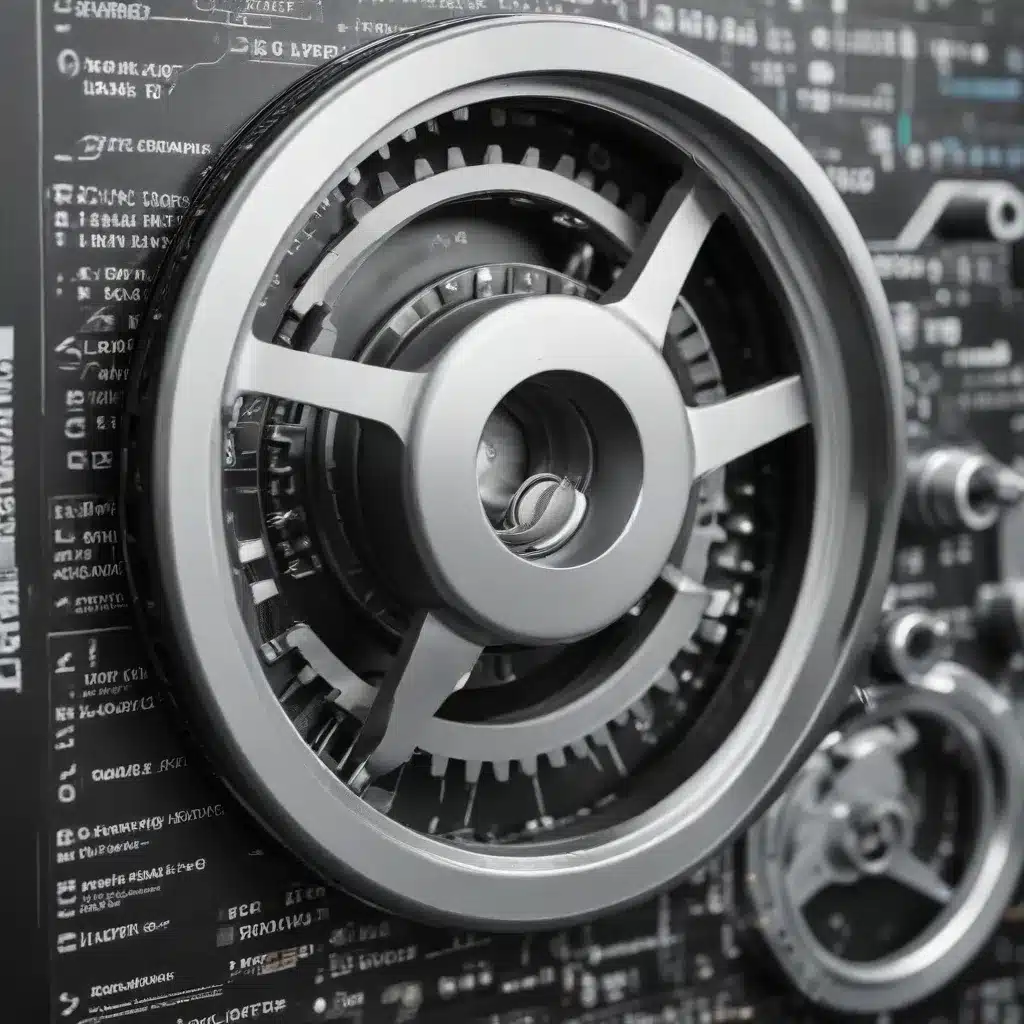
Unlocking the Power of Proactive Maintenance
As an experienced IT professional, I’ve seen firsthand how effective software maintenance can breathe new life into aging programs and ultimately extend their lifespan. In today’s rapidly evolving digital landscape, where technology advances at breakneck speeds, it’s crucial for businesses and individuals alike to adopt a proactive approach to software management.
The Aging Mastery Mindset
Drawing inspiration from the Aging Mastery Program (AMP), which empowers older adults to cultivate health and longevity through modest lifestyle changes, we can apply a similar philosophy to managing our software assets. Just as AMP participants set goals and adopt sustainable behaviors to improve their well-being, we can employ strategies to maintain the vitality and relevance of our digital tools.
The core belief underlying the Aging Mastery approach is that small, incremental steps can lead to significant improvements. This principle holds true when it comes to software maintenance as well. By embracing a mindset of continuous improvement and actively addressing the evolving needs of our programs, we can ensure they remain reliable, efficient, and adaptable for years to come.
Strategies for Mastering Software Maintenance
1. Establish a Comprehensive Maintenance Plan
The foundation of effective software maintenance lies in a well-crafted plan that outlines the key activities, responsibilities, and timelines. This plan should encompass:
- Proactive Updates: Regularly reviewing and applying software updates, security patches, and bug fixes to ensure your programs are running on the latest and most secure versions.
- Performance Monitoring: Continuously tracking the performance metrics of your software, such as response times, resource utilization, and user feedback, to identify areas for optimization.
- Systematic Testing: Implementing a robust testing regimen, including unit tests, integration tests, and user acceptance testing, to validate the functionality and reliability of your software.
- Backup and Disaster Recovery: Establishing a comprehensive backup strategy and disaster recovery plan to safeguard your data and minimize downtime in the event of system failures or data breaches.
- Documentation and Knowledge Sharing: Maintaining detailed documentation on the software’s architecture, configurations, and maintenance procedures, and fostering a culture of knowledge sharing among your IT team.
By putting this comprehensive maintenance plan into action, you’ll be well on your way to extending the lifespan of your software assets.
2. Embrace Modular Design and Continuous Improvement
One of the hallmarks of well-maintained software is its ability to adapt to changing requirements and technological advancements. This is where the principles of modular design and continuous improvement come into play.
Designing your software in a modular fashion, with clearly defined interfaces and loosely coupled components, allows for easier maintenance and targeted updates. When a specific functionality or feature needs to be enhanced or replaced, you can do so without disrupting the entire system.
Coupled with this modular approach, embracing a mindset of continuous improvement is crucial. Regularly review your software’s performance, user feedback, and industry trends to identify areas for optimization. Implement incremental updates and enhancements, rather than waiting for a major overhaul, to keep your programs fresh and relevant.
3. Leverage Automation and Tooling
In the fast-paced world of software development and maintenance, automation and tooling can be your greatest allies. Invest in solutions that streamline repetitive tasks, such as:
- Automated Testing: Implementing tools like unit testing frameworks, integration testing suites, and continuous integration/continuous deployment (CI/CD) pipelines to ensure your software’s reliability and stability.
- Configuration Management: Utilizing version control systems, infrastructure-as-code approaches, and deployment automation to manage changes and deployments efficiently.
- Monitoring and Alerting: Deploying monitoring tools that track key performance indicators, generate alerts, and provide insights for proactive maintenance.
- Virtualization and Containerization: Leveraging technologies like virtual machines and containers to create consistent, reproducible environments for development, testing, and deployment.
By embracing these automation and tooling solutions, you can reduce manual effort, minimize the risk of human error, and free up your team’s time to focus on more strategic, value-adding activities.
4. Cultivate a Culture of Continuous Learning
In the ever-evolving world of technology, maintaining a culture of continuous learning is essential for software maintenance excellence. Encourage your IT team to stay informed about the latest industry trends, best practices, and emerging technologies.
Encourage participation in relevant conferences, workshops, and online communities, where your team can exchange knowledge, discover new tools, and learn from the experiences of their peers. Implement regular training sessions, code reviews, and knowledge-sharing sessions to foster a collaborative environment and ensure your team’s skills remain sharp.
5. Partner with Trusted Vendors and Experts
In addition to your in-house capabilities, collaborating with trusted vendors and external experts can significantly enhance your software maintenance efforts. Identify software vendors, service providers, and industry specialists who can offer specialized expertise, tailored solutions, and valuable insights.
These partnerships can provide access to specialized tools, up-to-date documentation, and expert guidance on software maintenance best practices. Regularly review and evaluate your vendor relationships to ensure they continue to meet your evolving needs and provide the highest level of support.
Embracing the Aging Mastery Mindset for Software
Just as the Aging Mastery Program empowers older adults to take control of their well-being, the strategies outlined in this article can empower IT professionals to extend the lifespan and vitality of their software assets. By adopting a proactive, incremental, and collaborative approach to software maintenance, you can ensure your digital tools remain reliable, efficient, and adaptable for years to come.
Remember, small steps can lead to significant results. Embrace the Aging Mastery mindset, and embark on your journey to mastering software maintenance. Your programs, and your organization, will reap the rewards of your diligence and foresight.
If you’re ready to take the next step in optimizing your software maintenance strategy, visit https://itfix.org.uk/software-repair/ to explore our comprehensive IT solutions and expert guidance.












